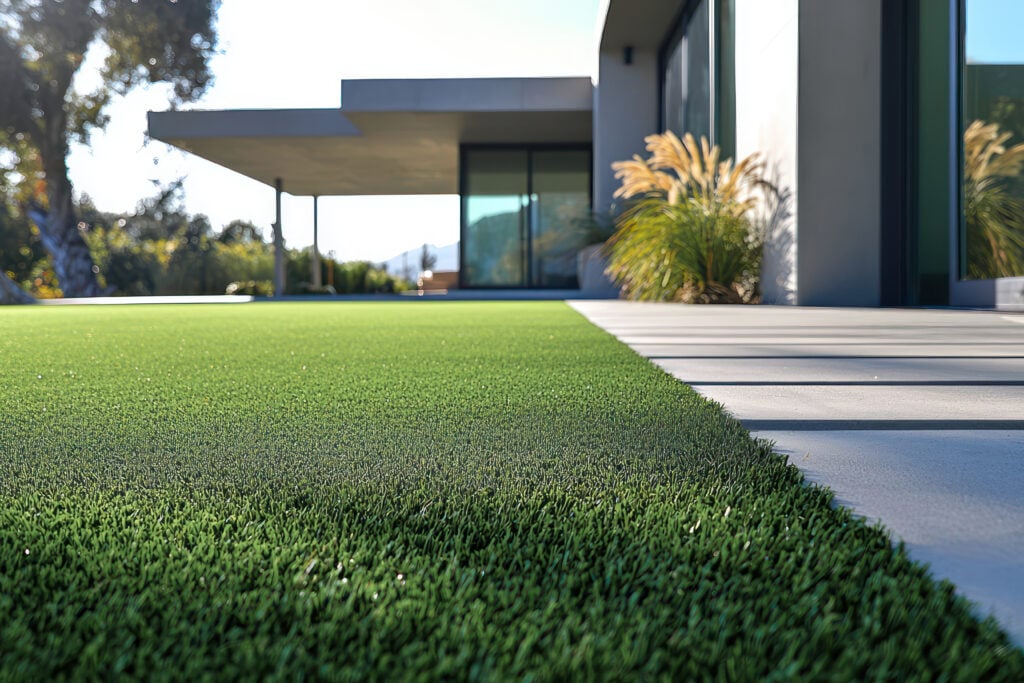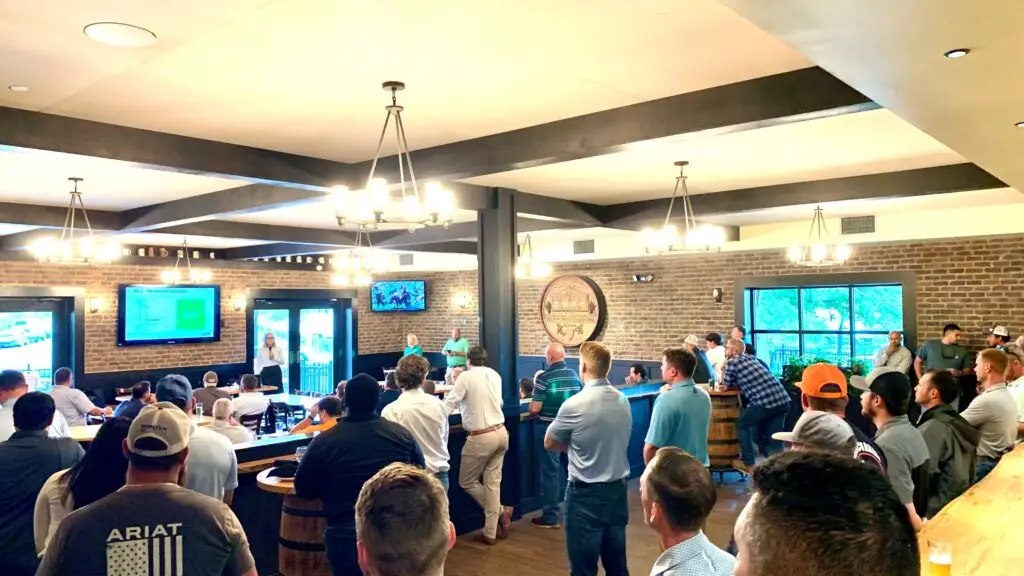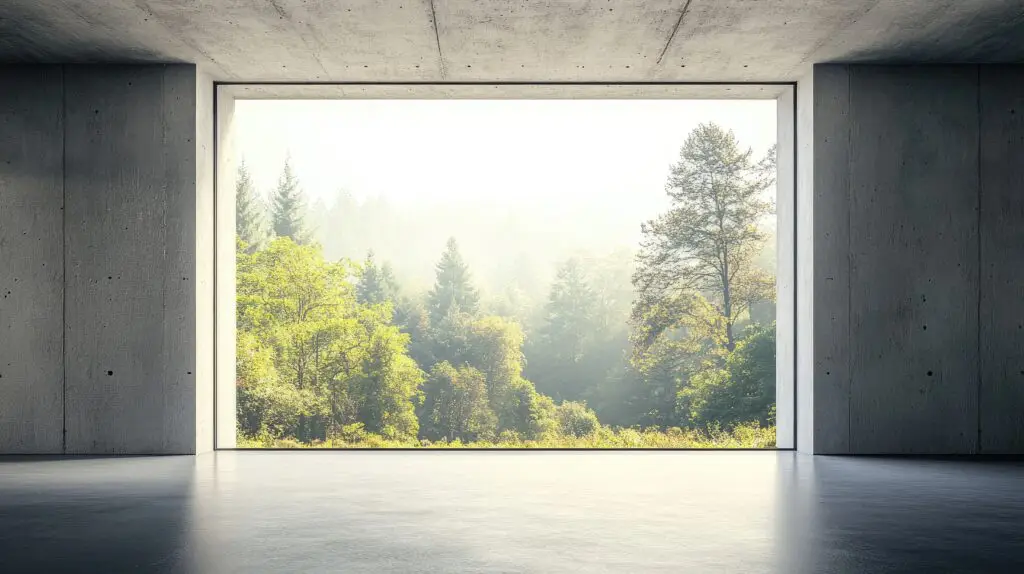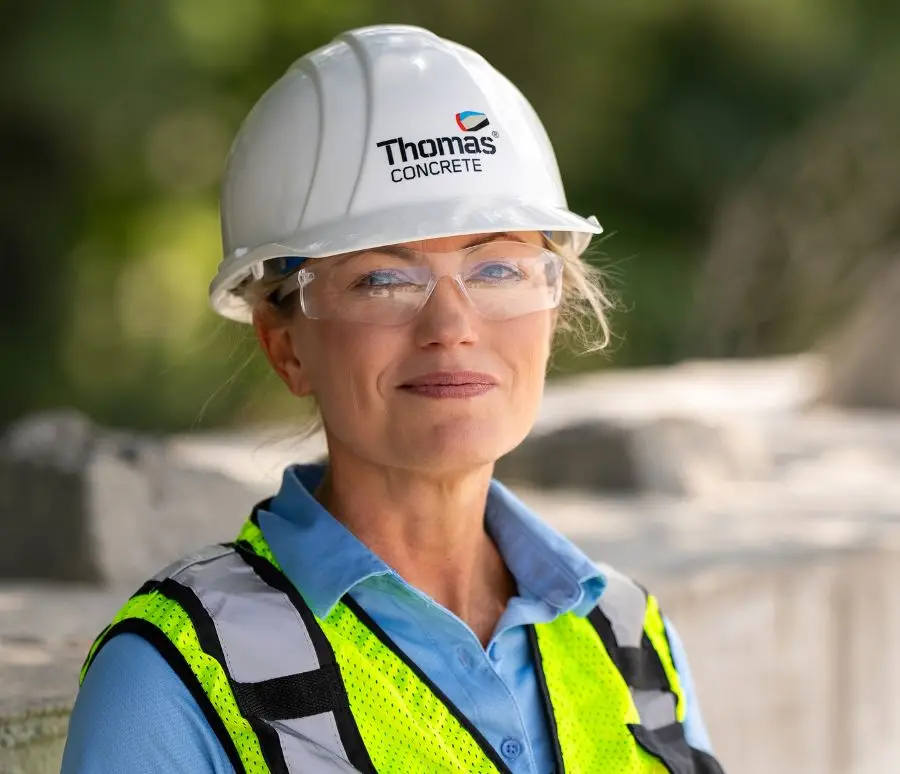Housing and commercial buildings are vital for our societies, but the construction industry also contributes about one-third of global energy-related greenhouse gas emissions.[1] According to NOAA climate data, atmospheric CO₂ levels are at record highs – 50% higher than before the Industrial Revolution – and rising faster than natural variations.[2] This puts our industry at a crossroads: meeting demand for infrastructure while urgently reducing emissions.
“We are committed to minimizing the environmental impacts of our product, while maximizing its value for the community,” says Joy Davidson.
From bridges and schools to hospitals and homes – concrete will continue to shape the infrastructure of future generations. It is durable, recyclable, and long-lasting. Yet cement, though only a small share of concrete by volume, causes most of its emissions. Tackling this requires new ways of thinking and working.
“For us, it’s about combining technical innovation with close collaboration in every project. That’s how we can reduce climate impact without compromising quality,” explains Davidson.
In the Southeast, we are already seeing change. Forecasts show construction starts will grow by 8% by 2026. At the same time, sustainable practices are accelerating: LEED-certified projects have increased by 31% so far in 2025, and demand for Environmental Product Declarations (EPDs) has already more than doubled compared to all of 2024.
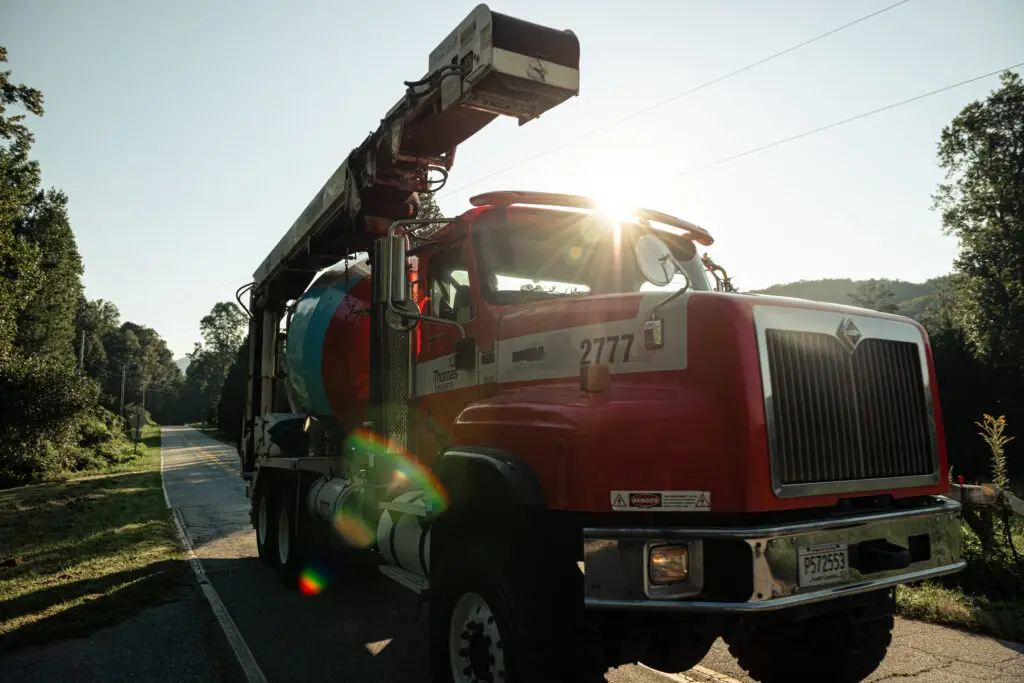
Through our Green Offer program, we provide customized low-carbon mixes and, by working closely with customers, optimize each project for the best outcome.
“Expanded communication across project teams is necessary for the construction industry to transition to meaningful, low-carbon output,” says Davidson.
Market incentives are also driving progress. LEED recently launched version 5, with stronger emphasis on carbon reduction, resilience, and social impact. This means that concrete, when used with the right solutions, can play a significant role in achieving certification and meeting climate targets. Research further shows that green buildings often deliver higher returns and lower risk.
We are developing solutions that reduce cement use and can even store CO₂ within the concrete.
“For us, sustainability is bigger than just carbon metrics. It’s part of our values – safety, health, diversity, inclusion, and long-term prosperity,” Davidson emphasizes.
The road ahead requires innovation and collaboration. By sharing knowledge and working together, we can build not only stronger structures, but also a more sustainable future.
